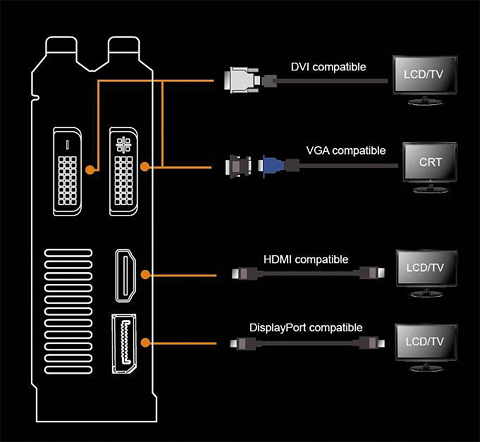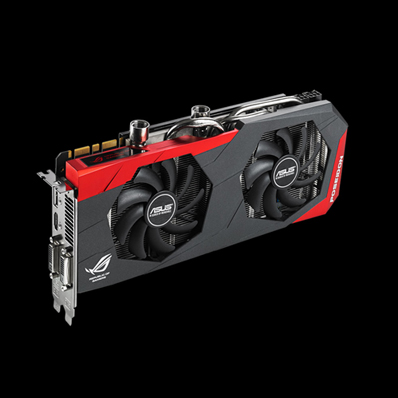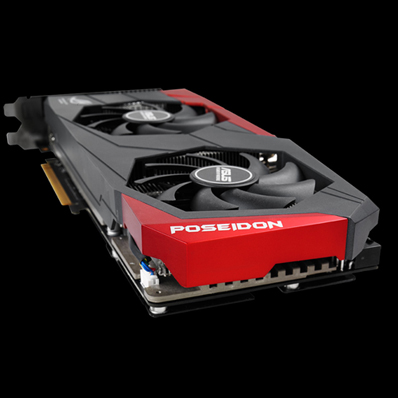
100%

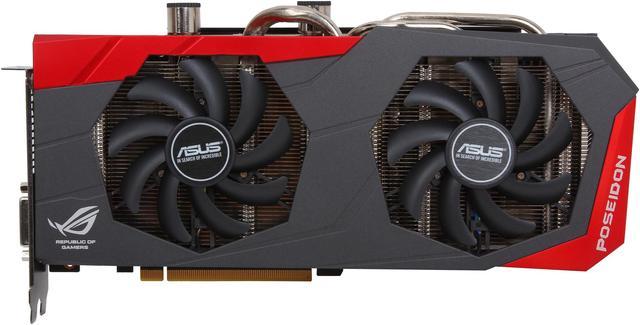
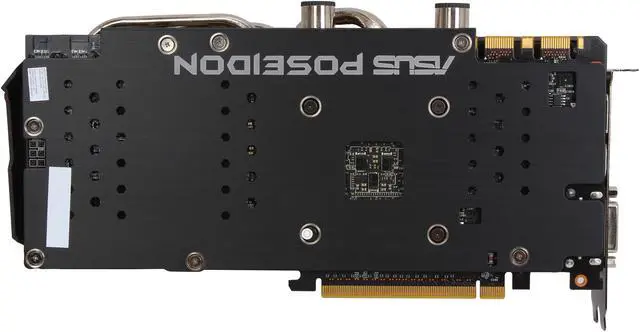
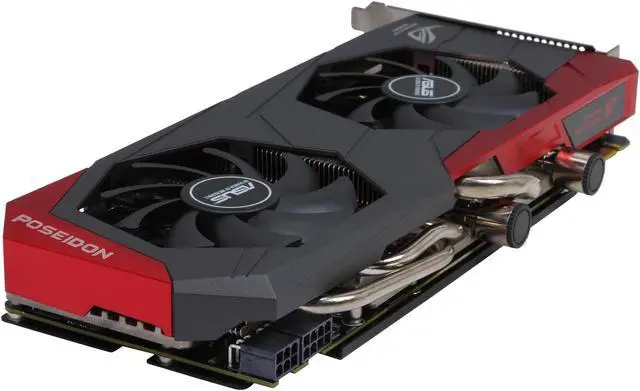
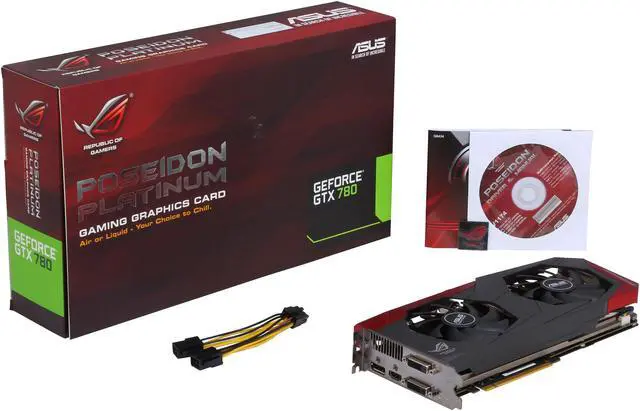
Make informed decisions with expert advice. Learn More
Any questions? Our AI beta will help you find out quickly.
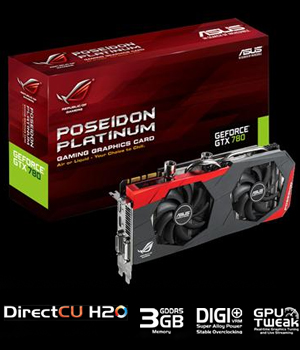


The ROG team engineered the Poseidon with revolutionary DirectCU H2O to give you the best of air and liquid cooling and the flexibility to choose if/when you want to move to liquid cooling. Venturing into liquid cooling with the Poseidon reduces GPU temperatures by up to 24 degrees for ultra-stable overclocking!





25% Longer Graphics Card Lifespan
Unique fan design extends longevity by up to 25% by preventing dust & particle buildup on the heatsink, while efficiently dissipating heat for optimal performance.


20% Wider Range of Operating Temperatures
Poseidon GTX 780 features a 10-phase Super Alloy Power along with acclaimed DIGI+VRM (voltage -regulation module). DIGI+ VRM is a digital voltage regulation that provides ample room for overclocking and performance tuning while reducing power noise by 30%. Along with Super Alloy Power specially formulated concreted chokes and harden MOSFETs to withstand greater stress and heat, Poseidon GTX 780 also uses Japanese-made black metallic solid-state capacitors for 20% better temperature endurance and a five-time longer lifespan.


As the perfect fusion of form and function, the Poseidon GTX 780 leaves no stone unturned, incorporating a Republic of Gamers logo that pulses in red when the card is active, letting you know it's ready for action.
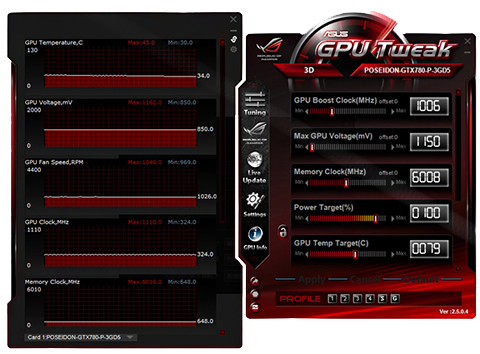




Boost 2.0 Technology intelligent monitors clock speed, ensuring that the GPU runs at its peak and the game is at its highest frame rate possible. It offers new levels of customization, including GPU temperature target, overclocking, and unlocked voltage.

NVIDIA Adaptive Vertical Sync adjusts VSync to current frame rates for maximum playability

Dynamic visual effects like blazing explosions, reactive debris, realistic water, and lifelike characters.

Multi-GPU technology for extreme performance

Bring games to life with NVIDIA® Surround™ multi-monitor gaming on a single card

Delivers double the bandwidth per lane of PCIe Gen 2 for faster GPU–CPU communication

Bring new levels of visual realism to gaming on the PC and get top-notch performance
